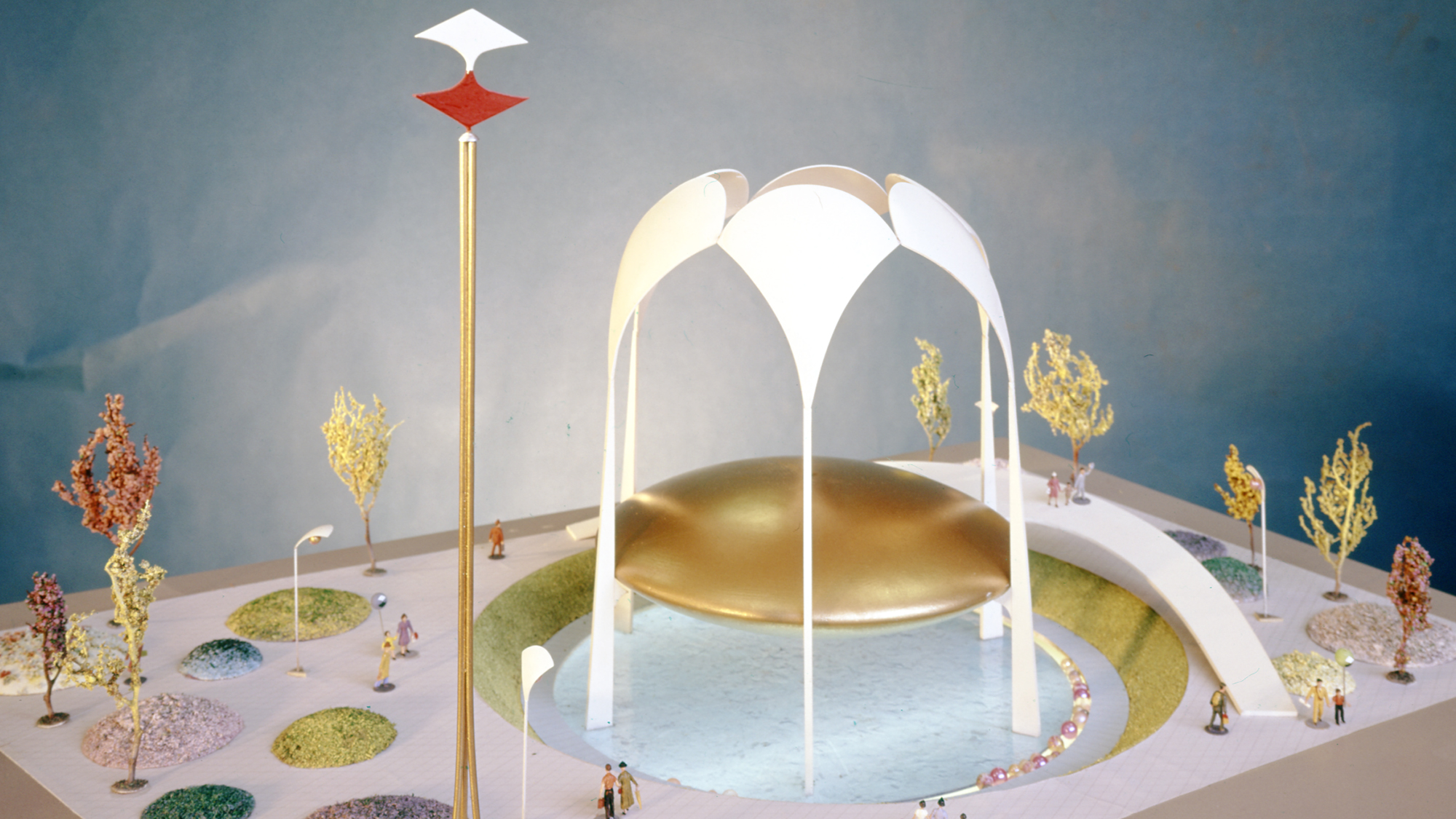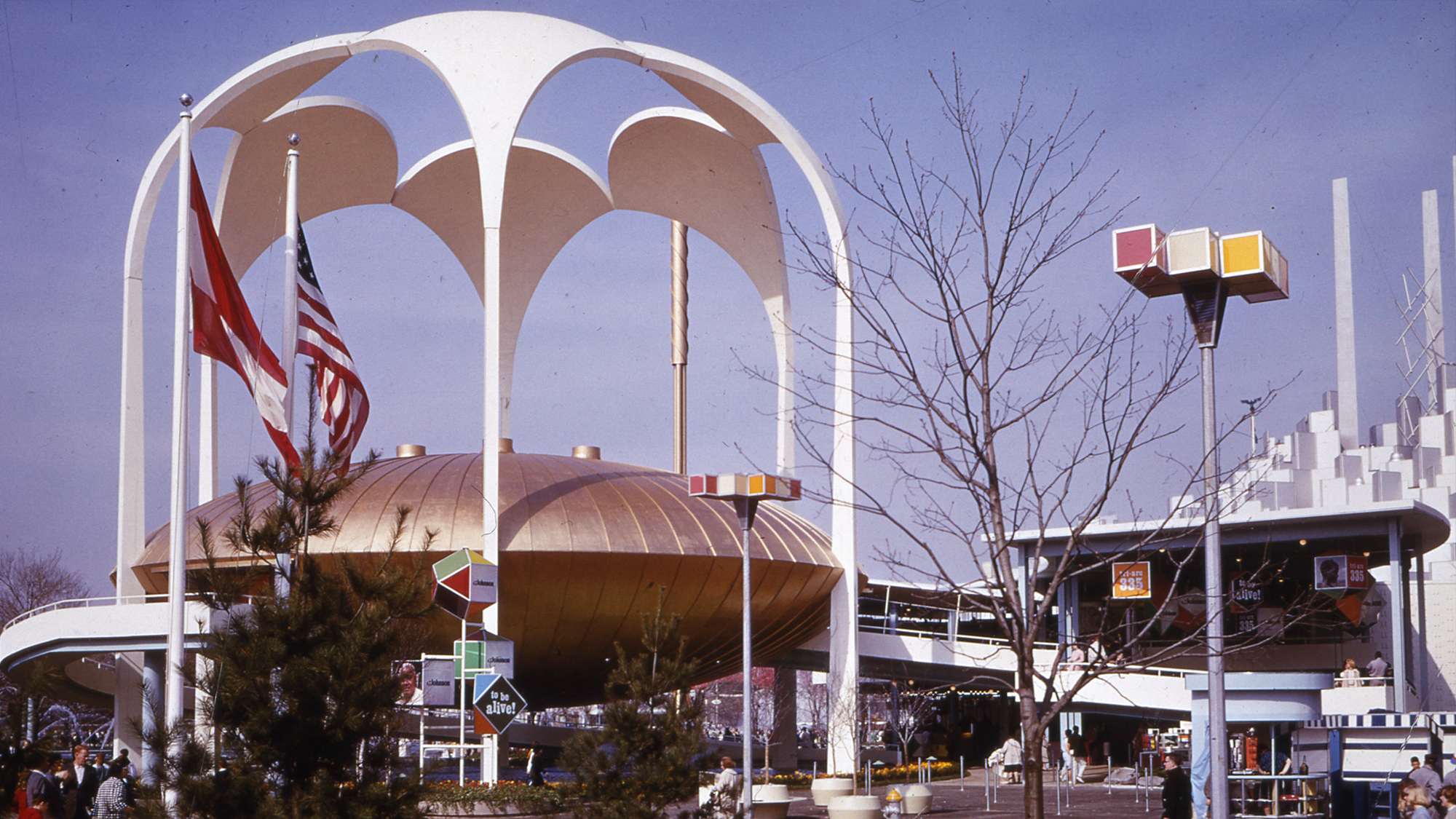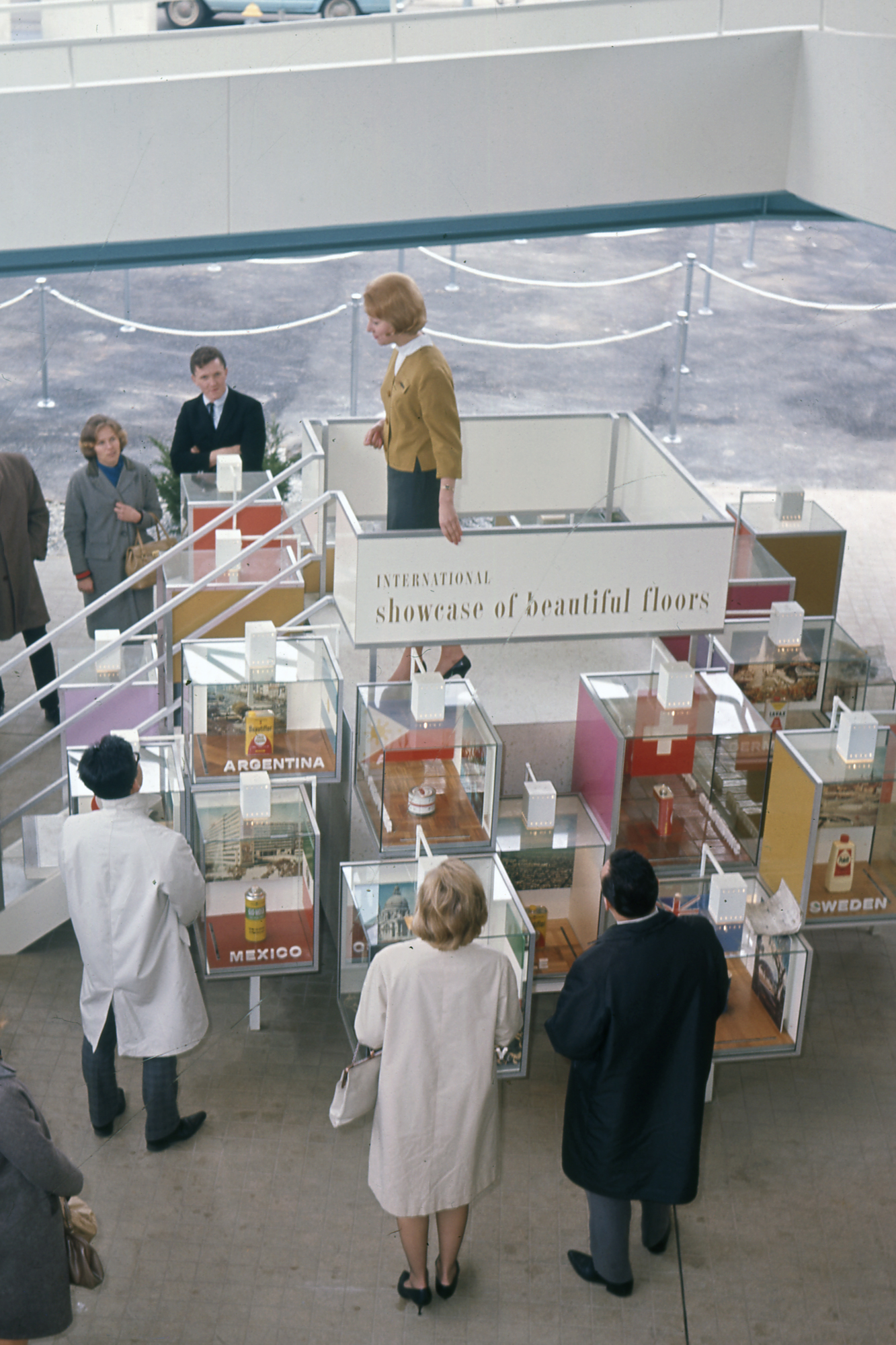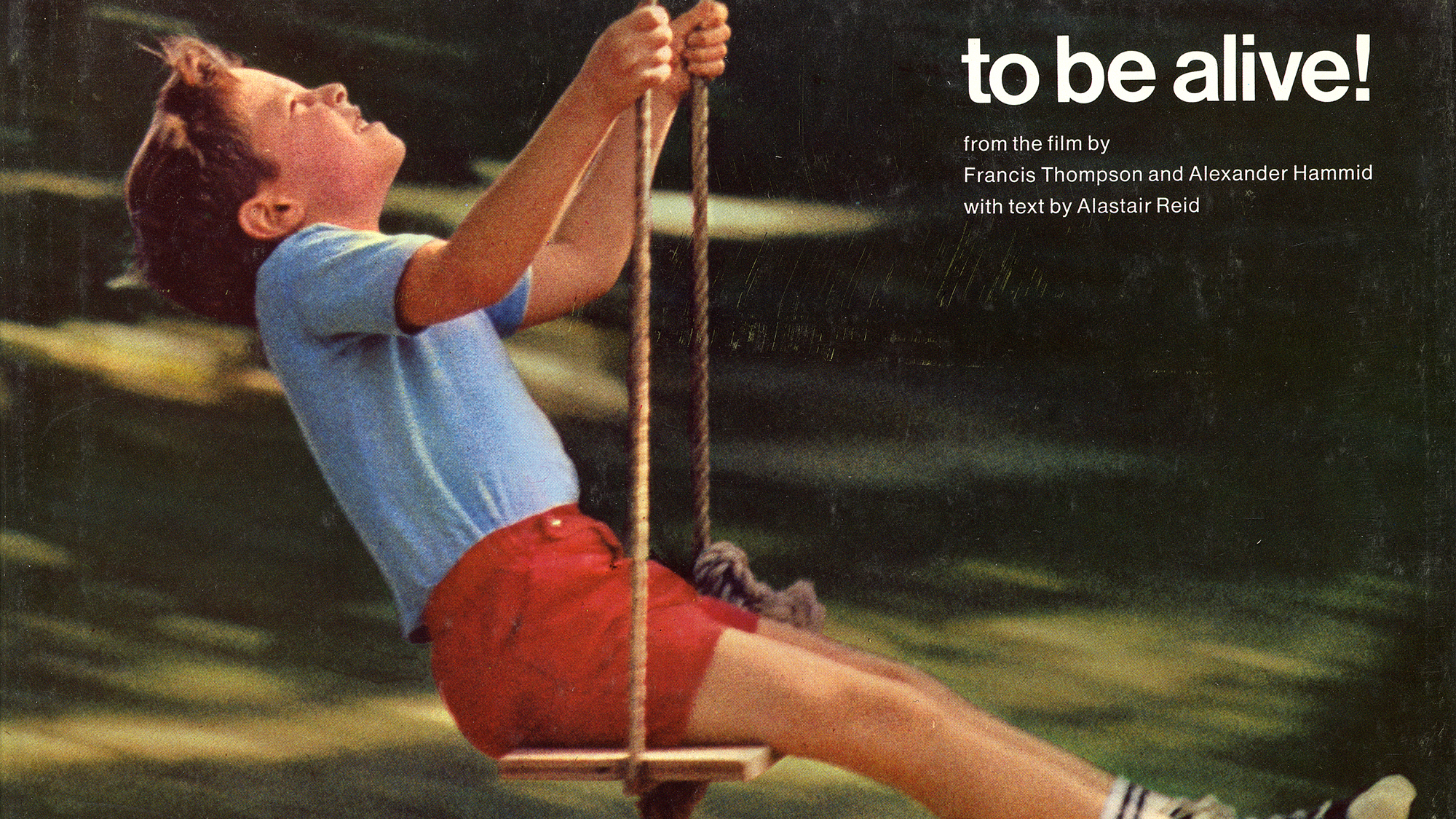H.F. Johnson, Jr.’s Brave Decision Turned a World’s Fair Exhibit into a Testament to Optimism and Progress
So, it’s no surprise that it was H.F. who launched the early radio advertising that made our company a household name in the 1930s and ‘40s. Or that it was H.F. who formed an enduring relationship with Frank Lloyd Wright that produced the architectural treasures on our global headquarters campus.
It was H.F., too, who led the company’s participation in the arts, from ART:USA, the Johnson Collection of Contemporary American Painting, to our Academy Award-winning film To Be Alive!
My father was a creative sort… Sometimes he provided fine ideas. Perhaps more important, he could recognize good ideas.
For the 1964 World's Fair: A Departure from Convention
When the company began its plans for the 1964 World’s Fair, one might have expected a traditional sort of exhibit in an industrial hall. That’s what companies did in those days. They used the fair to show off their products.
But H.F. had a different idea. He wanted to build a totally unique pavilion, and to show in it a totally unique film that would add value to the world.
His son, Sam Johnson, explained: “My father was a creative sort. He was trained as a chemist, but he was well-rounded; he had cultural and artistic sensitivities. Sometimes he provided fine ideas. Perhaps more important, he could recognize good ideas. Moreover, he challenged other people’s creativity.”
The World’s Fair was no exception.

A bank of automatic shoe shine machines beckoned visitors for a free shine. Computer-operated teletype machines answered even the toughest home care problems, with solutions and product suggestions.
But, though exceptional, those weren’t what made SC Johnson’s exhibit unique. It was the pavilion itself – our “Golden Rondelle” – and the magnificent film inside it that made SC Johnson the talk of the fair.

H.F. Johnson, Jr. Wanted a Vision of Hope
Think about the world in the early 1960s. Political and social upheaval were rampant. People feared nuclear war. A U.S. President was assassinated. The Berlin Wall was rising in Germany. Issues in Vietnam were escalating. And, the battle for civil rights raged throughout America.
Against that backdrop of pessimism and fear, H.F. wanted to offer a up film that would share a vision of peace, understanding and the joy of being alive.
It was a pretty unconventional idea, and not one his executive team fully understood. Sam told the story like this: “My father wanted the best documentary filmmaker around, just as he had wanted the best architect and landed Frank Lloyd Wright. He found that the filmmaker he sought was Francis Thompson.”

But when the team questioned the decision, as company legend goes, H.F. simply looked at them and said, “Gentlemen, some decisions are only for the brave.” And he walked out.

To Be Alive! Energized World's Fair Audiences
Nearly two years passed before the draft film was shown to the executive team. The narration and music were still in progress. The film used an unusual format, with three separate screens showing footage simultaneously of life around the world. But, said Sam, “You really couldn’t get much flavor for the film’s tone.”
The executive team was discouraged, even hesitating to plan a grand opening event. But H.F. was adamant the film would work.
It did. Sam said, “When the media gathered in the Rondelle for the initial presentation of To Be Alive!, it was a first viewing for all of us. The film practically blew everyone out of the seats. It was perhaps the finest piece of cinematography of its type ever produced.”
And, it drew even more attention to the “small” company in the American Midwest who offered such a remarkable view of the world.
…a most imaginative film and very beautifully done. It shows the world through the children’s eyes, where there is no room for prejudice or arrogance.
From Company Film to Academy Award-Winning Documentary
When the 18-minute film To Be Alive! premiered at the World’s Fair, critics and audiences alike showered it with praise. Former U.S. President Dwight Eisenhower called it “… a most imaginative film and very beautifully done. It shows the world through the children’s eyes, where there is no room for prejudice or arrogance.”
With its uncommon blend of authenticity, social progress and optimism, the film became one of the most popular exhibits at the fair. Later, it won the 1966 Academy Award for Documentary (Short Subject). It is still shown today, as part of our headquarters campus tours.
Like our partnership with Frank Lloyd Wright, the Carnauba expedition to Brazil, and countless winning products that helped the company grow, To Be Alive! was yet another example of a brave decision by H.F.
It was creative, unique, adventurous and inspiring, just like the man who championed it. Some decisions are only for the brave, and SC Johnson was all the better for H.F.’s bravery.